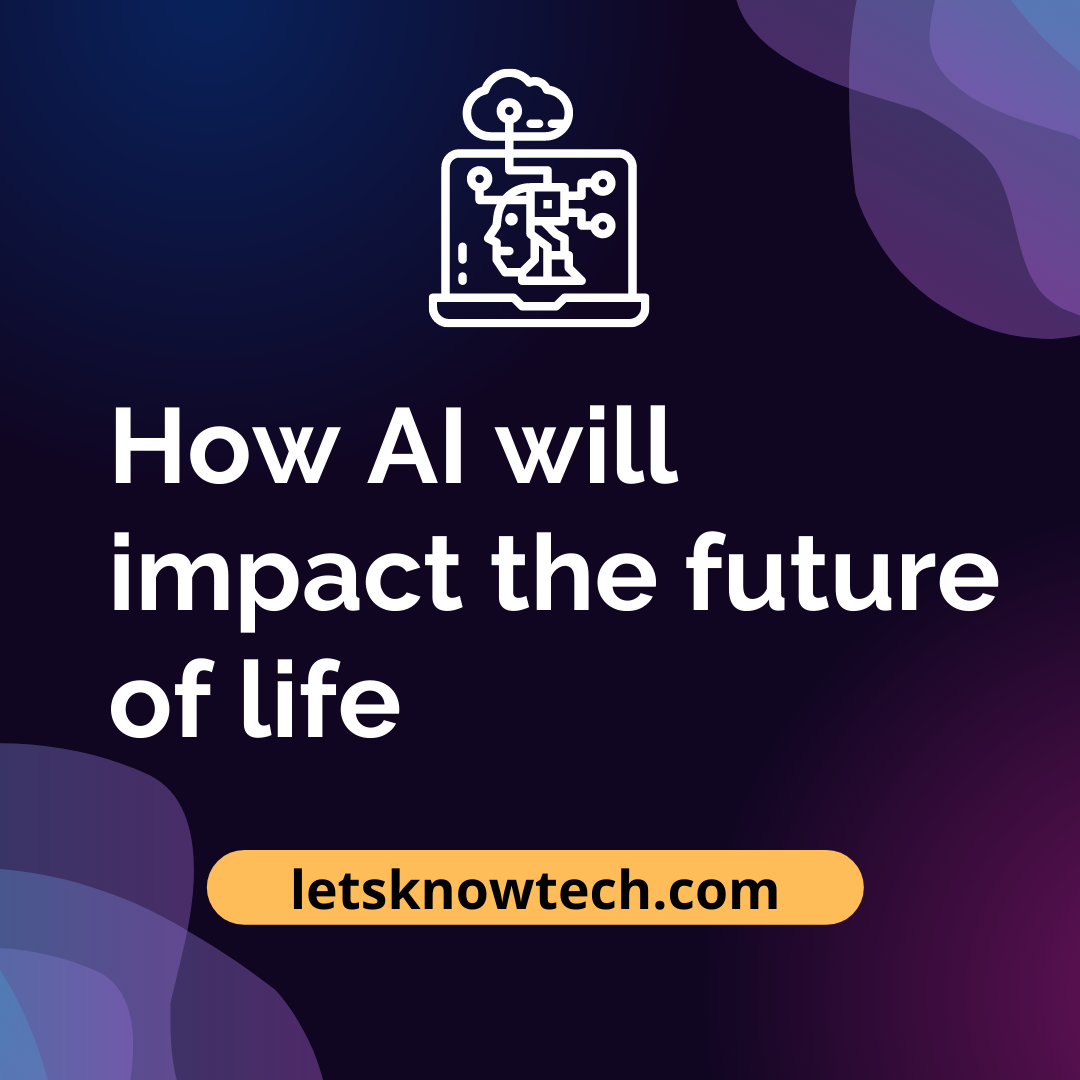The Impact of Artificial Intelligence on Our Everyday Lives

Imagine this: You’re driving home from work when you get stuck in traffic due to an accident up ahead. While you’re sitting there, you check your email on your phone and notice that you missed an important call. As you start to call the person back, the traffic begins to move again, so you put your phone away, but it rings with another call as soon as you start driving again.
It is coming : Artificial Intelligence
The age of Artificial Intelligence is upon us, and over time it will radically change our everyday lives. Do you want to know how? Are you curious about what an AI device can do for you and your family? Read on to find out. You will be surprised at how much your life could improve with a little help from artificial intelligence!
Machine learning
With machine learning and artificial intelligence, computers can discover patterns in data that humans would have missed. For example, today’s self-driving cars use powerful computer algorithms to make sense of a myriad of sensory inputs—from radar to GPS navigation data—in order to drive safely.
The rapid growth in computing power has made AI an affordable commodity for any business with a large amount of incoming data . In fact, IBM predicts 90% of businesses will be using some form artificial intelligence by 2023. But when considering whether or not to invest in AI, there are plenty other factors you should take into account before making your decision—like how advanced your customer’s digital skills are and how fast they expect you to respond!
Conversational chatbots
More people are turning to chatbots instead of humans for their customer service needs. If a company doesn’t provide great service, a chatbot could turn off customers and cause them to go somewhere else. That makes it vital for companies to monitor chatbots and respond quickly when something goes wrong. The same is true for AI solutions that go beyond automated transactions; employees in many industries need support, but won’t take advantage of an AI offering if they don’t trust it or know how to use it.
Companies need to make sure that they offer easy-to-use self-service solutions so employees can resolve issues themselves rather than waiting around or calling their supervisor or IT department every time something goes wrong. Additionally, they should think about the best way to train employees on the new technology: A conversational interface may not be appropriate for everyone because not everyone speaks English. Companies should also think about how the employee will be communicating with the machine: Natural language interfaces (NLIs) require lots of data and text input from users, which might frustrate users who have poor literacy skills or disabilities like low vision. On the other hand, graphical user interfaces (GUIs) require less text input from users but might be too complicated for some people who are not used to computers or who are visually impaired.
Autonomous vehicles
It’s often said that 80% of all automobile accidents are caused by human error. With autonomous vehicles, though, there won’t be any need for humans to get behind the wheel, which will not only save countless lives and dollars but will allow self-driving cars to become ubiquitous sooner than later.
Furthermore, car owners can enjoy a new era of convenience with services like valet parking via robotics (instead of having to personally go out and find a spot), as well as potentially getting themselves home in case they’re too intoxicated or tired to drive safely. Others see an even more far-reaching future where artificial intelligence is integrated into cars through personal assistants such as Siri or Alexa. The possibilities are endless!
Smart cities
Have you ever wondered what it would be like to live in a smart city? The concept is nothing new—people have been dreaming about developing intelligent cities for decades. But now, these dreams are becoming reality. In recent years, there has been an uptick in partnerships between companies that provide infrastructure and technology (like energy providers) and tech giants (like Google and Apple) that are investing billions into artificial intelligence.
With access to high-quality data provided by technology leaders, infrastructure companies can make better-informed decisions about how to invest money in their own systems and services—which will ultimately lead to greater efficiency for consumers who use these resources every day. And that’s just one example of how AI is changing our world today.
Computer vision (CV)
Imagine a computer that can take any digital photo and identify what’s in it, much like an x-ray for pictures. One of today’s most exciting new technologies is real-time image recognition with computer vision.
In other words, we’re talking about computers that can see images and immediately recognize what they are without any human help. This technology is great news for blind people who could use a pair of glasses to access much more than printed words—they could finally see things around them and navigate their world better than ever before! It’s also revolutionary for robots that can now automatically detect objects, respond to changes in environment (such as moving furniture), and avoid obstacles like humans do naturally.
Natural language processing (NLP)
NLP refers to a type of artificial intelligence that enables computers to process human speech or other types of natural language. This can be helpful when, for example, an AI like Amazon’s Alexa or Google Home is trying to understand what you want from it. NLP is also used in translating texts and other services that connect people who don’t speak each other’s languages. NLP can be applied to practically any form of text and data that can help us derive meaning from it in a meaningful way—something our brains do naturally.
Image recognition / deep learning / convolutional neural networks (CNNs)
Image recognition is improving with artificial intelligence—and it’s happening fast. Deep learning, a subset of AI, is helping computers see and make sense of visual content in ways that humans could only dream about a few years ago.
Facebook uses image recognition to tag your photos for you and Google uses CNNs to let its search engine recognize cats and dogs. Next-generation image recognition technologies are more than just fun photo filters; they are going to be used in everything from smartphones to driverless cars. It’s not hard to imagine that one day soon a computer might be able to drive you home from work without your needing to touch any controls—but should we even allow something like that?

I’m Ansak Mahir from Sri Lanka. Technology enthusiast from a young age. Currently an undergraduate of BSC in Software Engineering (Kingston UK) and BSC (hons) in Information Technology & Management (University of Moratuwa). I love blogging and spreading the knowledge in a unique perspective. I’m also a reputed freelancer for web design and development




